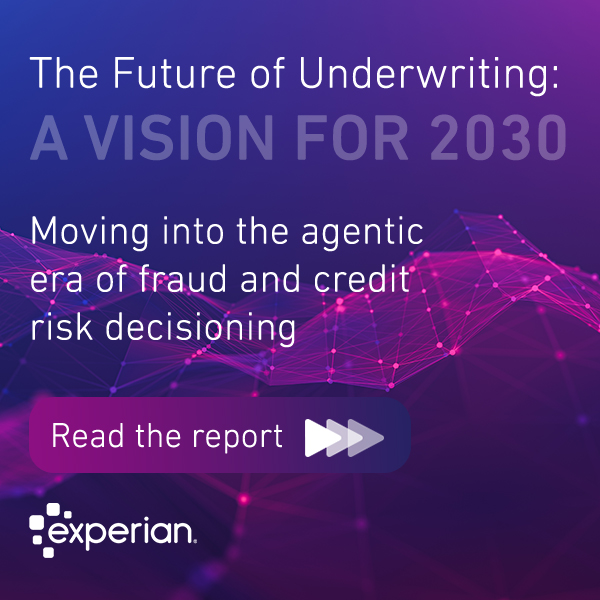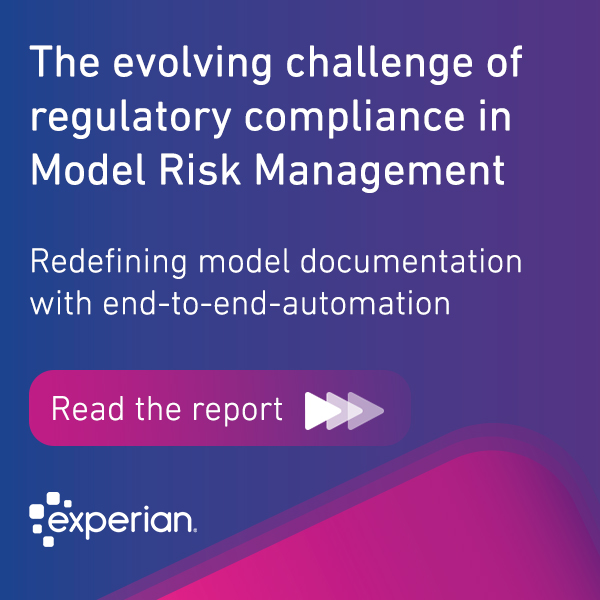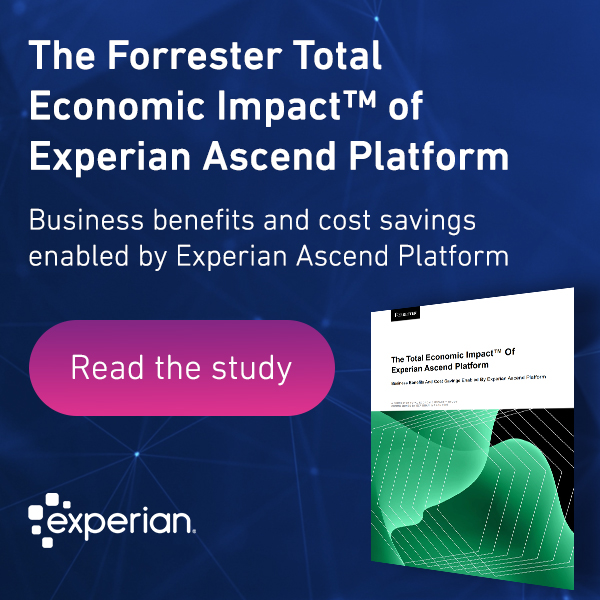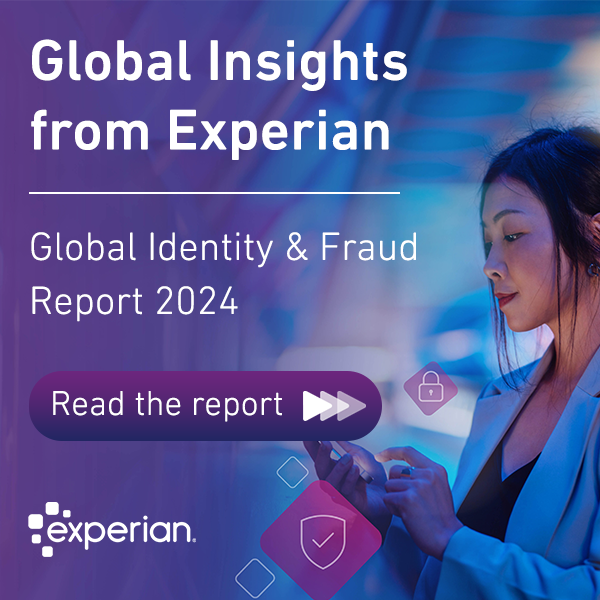Monthly Archives: July 2021
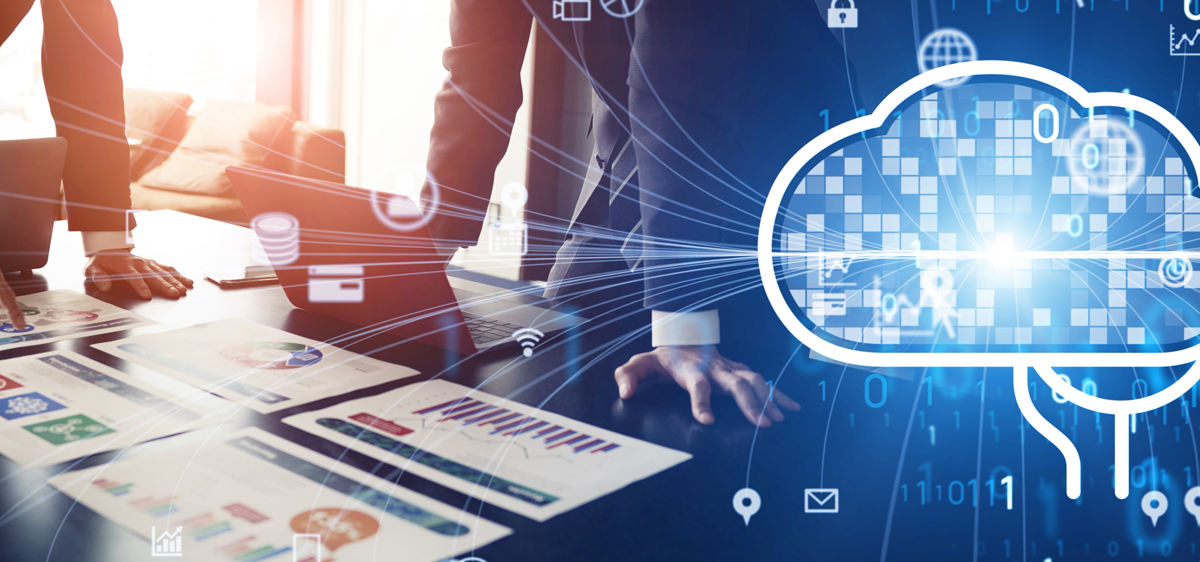
Shri Santhanam, EVP and Global Head of Analytics and AI, talks to Ganesh Padmanabhan from Stories in AI about why he hopes the changing world of lending will lead to better financial inclusion. "The whole digital revolution in lending means that financial institutions are scrambling to make the process much more seamless, reduce time for approvals, let consumers have access to different financial products, and have innovative products like buy now pay later. But underneath it all, you have to get more nuanced and more sophisticated about the methodologies that you use for lending. And this is where AI and ML come in." Expect to hear discussions about the future of finance, how to drive impact by leveraging data analytics and AI, frameworks for setting up and institutionalizing an AI center of competence for a large organization, and how to scale data science efforts through hiring, promoting from within, and setting up the right structure and processes to make it happen. "Experian for over 100 years now has leveraged the power of data. We’ve been a very powerful data company. We’ve used that data to improve the lives of consumers and improve how businesses make decisions. Fundamentally, we’ve had a set of pioneers who before Big Data tech was introduced to the world, figured out that having a data marketplace or collecting high quality data on consumer lending will be of value, and that’s been the core of our business. That dynamic is changing. We see a lot of value migrating what we call up the stack. So from purely data to actually the decisions that are made with the data, to products and services in the data." Related content

In this episode of Insights in Action, as part of our Women Making Waves in Technology special series, Pamela Stephens, Sr. Product Manager for Global Identity & Fraud at Experian walks us through her role in product management and shares some practical career advice for women in tech. The podcast explores what it takes to drive change and innovation within a shifting fraud and identity landscape, looking at the importance of connecting with teams, laser-focussed priorities, customer-centricity and how diversity and inclusion initiatives are central to supporting women in tech. "I am a relentless customer advocate. I spend most of my days focussing on solving the most urgent problems for our clients across the Identity and Fraud landscape through our technology." Top 3 tips for remote working Being authentic is how we connect, so working remotely makes this challeneging. Schedule quick 15-minute catch-ups with colleagues - and not necessarily about work. The more you know someone, the better you work with them. Burnout is real, setting boundaries for work versus life is challenging when you're in an office, never mind when at home. Schedule breaks and proritize self-care. Stay laser-focussed and organized with your calendar - be intentional with how you schedule your calendar and ensure it aligns with priorities most important for the business and you personally Discover other stories from the Women Making Waves in Tech podcast series Access all episodes of Insights in Action on Soundcloud, Spotify, Google Podcasts

Credit providers have long relied on data to lend insights into how their customers are faring—and help predict what's to come. The pandemic, however, introduced unexpected anomalies that have made understanding the actual credit landscape far more challenging. For example, while government assistance programs have enabled customers to stay up-to-date on their payments, they've also made it harder to discern the true financial impacts of the crisis. Our recent research gives voice to these challenges. We surveyed businesses around the world three times from July 2020 through January 2021 for our annual Global Decisioning Report. The results reveal that business confidence in credit risk analytics models has declined over the pandemic, dropping by nine percentage points for Tier 1 lenders, and 15 percentage points for Tier 3 lenders. As we look ahead, credit providers need ways to improve confidence in their analytics models so that that they can make smarter, faster decisions on behalf of their customers and businesses. This is where synthetic and alternative data are beginning to make a real difference. The rise of AI and machine learning solutions has opened the door for lenders to leverage this data. Understanding how to put it to use—and why it's imperative to do so—will help lenders navigate the end of this crisis and prepare them for any economic volatility in the future. The data differentiator Before we dive into how lenders can best utilize alternative and synthetic data, let's quickly define what we're discussing. Credit providers have traditionally used credit bureau data to assess their portfolio risk and inform credit decisions. But as noted, in times of crisis, supplementing that data with additional context can significantly improve its effectiveness. Alternative data does just that. Alternative data refers to primarily unstructured data from non-traditional sources. For example, social media data can help paint a more complete picture of customer behavior. And location data can provide information about customer geography, such as opportunities for travel-related purchases. Synthetic data complements alternative data but is not the same. Synthetic data is new data created by altering existing data. So a lender might change the profile of its customer base and then use that dataset in analytics models to better understand what the future may hold. Both types of data work together, with alternative data providing a more complete customer view and synthetic data allowing lenders to account for additional variables and offset their risk accordingly. New data in action Confidence in analytics models may have dropped during the crisis. But lenders aren't resting on their laurels. Instead, nearly half of businesses report that they are dedicating resources to enhance their analytics efforts. Those that include alternative and synthetic data in their improved models have the opportunity to leverage the information in multiple ways. Some of the most exciting applications of alternative and synthetic data include: Anticipating purchasing behavior New data sources, especially from social media, help lenders understand what's happening in their customers' lives and how that may translate into purchases. For example, a customer who has recently moved into a new home may be considering purchasing furniture or home décor. Or customers who are celebrating life milestones such as birthdays or graduations may be buying gifts or spending on events. Predicting credit risk In this realm, synthetic data can be beneficial. Lenders can use synthetic data to understand how credit profiles may change in specific circumstances, such as modeling a higher unemployment rate or dramatic income shifts. They can then use analytics models to determine the related impact on customer affordability. Improving fraud detection With an improved customer view, fraud prevention teams can more easily identify unusual patterns in customer behavior and spending. For instance, does a customer's current location (per location data) match their most recent transactions? Or has the number of contacts on their phone dramatically changed (it may not be their phone)? Enhancing pricing Both types of data are useful in improving pricing models across company portfolios and at a personal level. The additional context can help everyone from lenders to insurers to banks assess customer needs and provide products that meet them—at prices that make sense. What's more, machine learning automates that pricing, allowing companies to scale personalization across the organization. Improving marketing In the same vein, new sources of data can also give marketing efforts a boost. The ability to access more real-time information about customer behaviors uncovers opportunities to provide them with credit, insurance, and other lending products that may prove immediately helpful. Data can also help identify new markets entirely or highlight rising needs that may demand the development of additional products or services. The past year was an anomaly in so many ways. However, as we ease out of the crisis, financial service companies have the opportunity to strengthen their data models—and leverage new types of data to reduce their risk and provide improved decisioning no matter what the future holds.

Donna DePasquale, EVP and General Manager of Global Decisioning Software at Experian, talks to Experian’s Insights in Action Podcast about the different ways businesses of all sizes can navigate a new era of credit risk decisioning, always with a view to assisting consumers with their credit needs when they need it most. Based on the latest Global Decisioning Report, Donna discusses the four key areas of focus that have come out of the findings: • The pandemic has not impacted everyone in the same way. 1 in 3 consumers say they are still concerned about their finances, while others are ready to start spending again. • Accelerating the movement to online credit and banking. 50% of consumers said they applied for credit online, up from 33% at the start of the pandemic. • The shift increased in investment businesses are making in advanced analytics. • Importance of delivering fast, safe, efficient, and high-quality credit experiences. How we define decisioning “To make decisioning real, it’s really about the experience that someone goes through when they’re applying for credit. When they’re managing their existing accounts and maybe asking for a credit line increase. And it’s the whole experience from providing the information to getting that answer back and then getting that outcome back. From a consumer perspective we want that to be fast and easy and simple, and also from a lenders' perspective you want a comprehensive set of information and rules that allow you to make the right decision for the business and for your consumers.” Donna DePasquale, EVP and General Manager of Global Decisioning Software

Did you miss these June business headlines? We’ve compiled the top global news stories that you need to stay in-the-know on the latest hot topics and insights from our experts. Fintech Interview with Executive Vice President, Experian – Eric Haller FinTech Buzz talks to Eric Haller, VP & General Manager, Identity, Fraud & DataLabs, about various key trends and challenges in the Digital Identification domain and how fintech prevents fraud in the financial market. Experian on Fraud: 2020 Was a Big Year for Nefarious Actors and Illicit Activity in Financial Services David Britton, VP, Industry Solutions, Global ID and Fraud at Experian, recently shared with Crowdfund Insider Experian’s insight into fraud and what the business is doing to combat nefarious activity in financial services. Evolution of digital identity Professional Security Magazine Online talks to David Britton, VP of Industry Solutions, about how the preference for digital-first was sparked and then accelerated through the Covid-19 pandemic, but the concept of digital identity and the need for its evolution will remain prevalent for both consumers and businesses way beyond that. Preventing fraud without compromising the customer experience Finextra looks at Experian's Global Identity and Fraud Report 2021 to uncover why customer experience is central to the approach for businesses when balancing fraud prevention and revenue. Three things lenders need to do to navigate today’s complex lending and credit landscape Business Information Industry Association covers Experian's Global Decisioning Report 2021 highlighting the dual-lane economy and what lenders can do to succeed in this complex and changing landscape. Stay in the know with our latest insights:

Digital payments have grown rapidly over the last year. Even before the pandemic, people were adopting digital payments. Now, after efforts from governments around the world to enforce social distancing, we've seen huge growth in this type of payment as consumers move away from in-person and contact payments. Juniper Research has released its Online Payment Fraud Report 2021 exploring why the increase in digital payments has created expansive opportunity for new methods of fraud.

Donna DePasquale, EVP, Global Decisioning Software, talks to Bloomberg Quicktakes about the key findings of the latest Global Decisioning Report. Some key takeaways from the interview: Covid-19 has created an even wider two-lane economy 1 in 3 consumers remain concerned about their finances Lenders need to prepare for a wave of potential delinquencies Around 50% of lenders are investing in model recalibration to deal with the changes caused by the pandemic One third of lenders are creating new credit models We surveyed 9,000 consumers and 2,700 businesses across ten countries worldwide. Download the Global Decisioning Report 2021:

